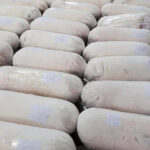THONG NHAT MATCHES
The image of Thong Nhat matches with its box featuring a white dove holding a red flower against a blue sky background used to be very familiar in Vietnamese households. Thong Nhat matches were first produced in 1956 by a state-owned enterprise specializing in the production of traditional matches. The company’s operations mainly involve the trading and manufacturing of fire-starting products such as matches and lighters. In addition, the company has expanded into the production of packaging, printing, and commercial trading.
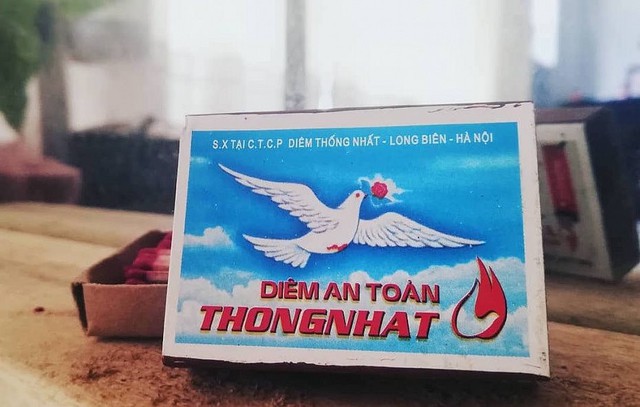
During a period of economic hardship when gas stoves and electric stoves were not yet available and lighters were not yet common, Thong Nhat matches were almost the only tool that Vietnamese people used to light fires. Although there are no official statistics, it is likely that Thong Nhat matches were available at all grocery stores, dominating the market at that time.
Over time, as circumstances changed and household consumption no longer required the use of as many match products, the production volume of Thong Nhat matches gradually decreased year by year. In 2020, Thong Nhat officially stopped producing commercial matches, only producing promotional matches as per customer orders, and shifted production to lighters, cardboard boxes, and corporate gifts.
In fact, this was a move that had been planned well in advance. A few years earlier, Thong Nhat had disclosed information about a specific risk: “The company’s main products are matchboxes of various types for domestic consumption and export, and cardboard packaging. These products are heavily influenced by consumer purchasing power and the substitution of other types of products. In particular, matches are a common consumer product, with low commercial value, low price, and many substitutes”.
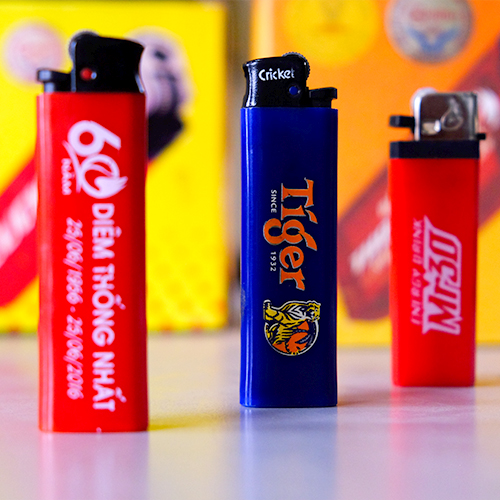
To cope with this change, Thong Nhat shifted its focus towards investing in the development of the lighter and cardboard packaging markets. The production of lighters began in 2013. Despite its late entry into the market, this product was well-positioned and quickly gained market acceptance. Since 2014, sales of this product have reached 1.65 million units and have continued to grow exponentially, reaching 14.67 million units in 2018, with the majority of sales in the northern and central regions.
In addition to producing Thong Nhat lighters, the company also distributes imported Thong Nhat – Cricket lighters from Malaysia, which are primarily sold through bulk advertising contracts. However, consumer sales remain low due to their higher price, which makes them less attractive than imported lighters from Thailand, China, etc.
It can be said that the introduction of lighters has truly become a “lifesaver” for Thong Nhat’s business performance. While sales of traditional matches have continued to decline, the company’s revenue has remained relatively stable, although its market share in lighters is still insignificant.
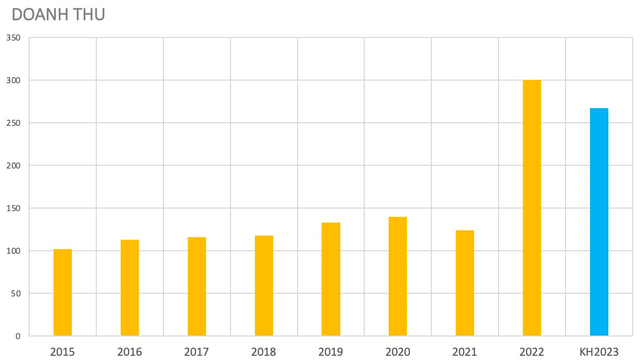

In 2022, Thong Nhat recorded record revenue of 293 billion VND, with after-tax profit reaching 7 billion VND, significantly higher than in previous years. The main reason for the improvement in the company’s profit in 2022 was the 136% increase in sales revenue compared to 2021. In addition, interest income from deposits provided Thong Nhat with over 4.3 billion VND in financial revenue, contributing to the overall profit result.
THONG NHAT BICYCLES
When mentioning famous Vietnamese brands in the 80s and 90s, it is impossible not to mention the “legend” of Thong Nhat bicycles.
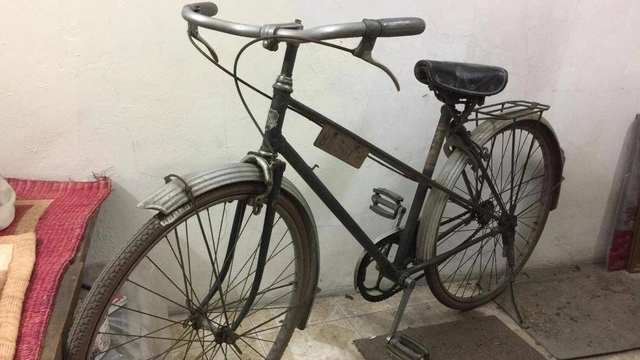
Thong Nhat bicycles are manufactured by Thong Nhat Ha Noi Joint Stock Company, which was established on June 30, 1960.
Thong Nhat bicycles were born during the war against the United States, and they were used on the battlefield, where they were known as “iron horses” that carried rice, salt, medicine, etc. to the front lines amidst bombs and bullets. The bicycle was named Thong Nhat to express the hope for a day when the country would be peaceful and independent.
In 1965, the government decided to distribute bicycles at subsidized prices. State cadres, workers, and employees were allowed to purchase one bicycle only. Those who were eligible for distribution would also receive a spare parts purchase book. However, the number of Thong Nhat bicycles produced was very limited, so only a handful of people were eligible for distribution. As a result, Thong Nhat bicycles became even more scarce and luxurious. At that time, a Thong Nhat bicycle could cost as much as half a tael of gold.
Along with the development of the economy, the once-national bicycle has gradually lost its dominant position in the market.
Over the past few decades, Thong Nhat bicycles have undergone significant design changes, with a greater focus on the psychology and preferences of younger customer segments, such as children, women, and young people, in order to bring to the market more youthful and fashionable products.
In recent years, Thong Nhat has even shown a remarkable ability to adapt to trends, such as the launch of a limited edition of The Flash bicycles, inspired by a DC superhero character, in July.
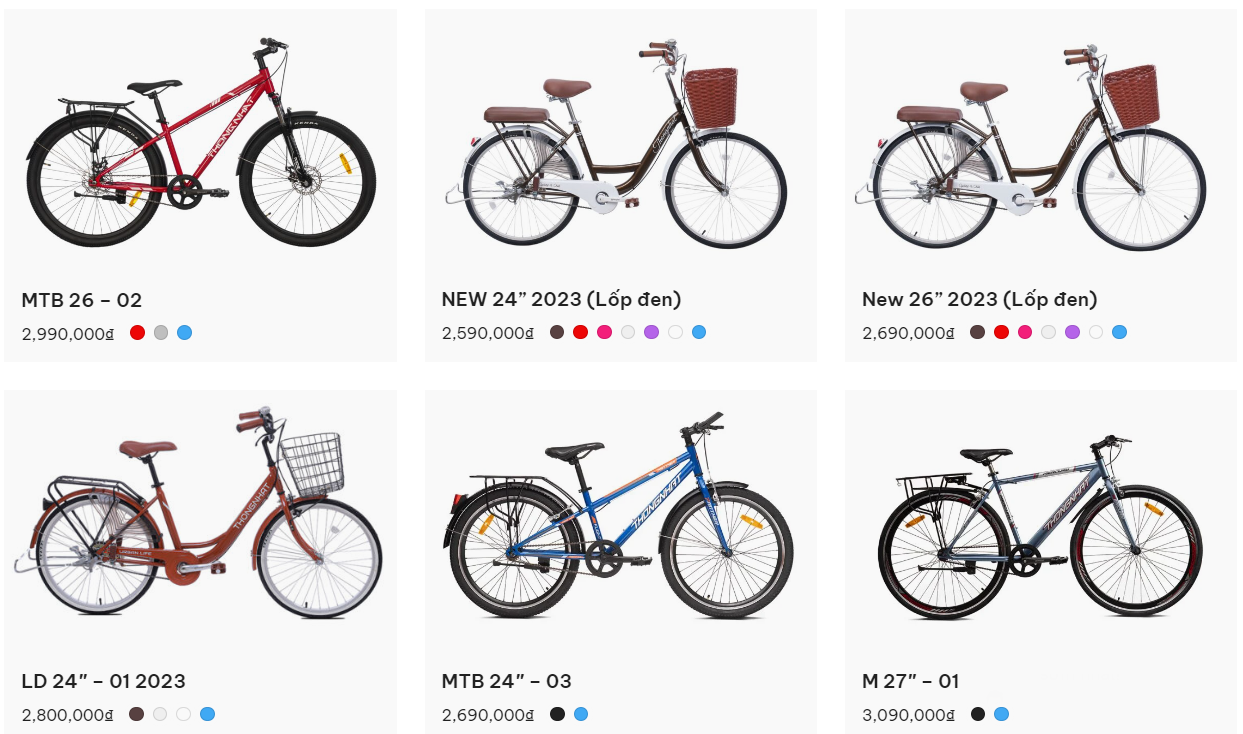
In terms of business performance, over the four-year period from 2019 to 2022, Thong Nhat’s bicycle production capacity has nearly tripled, revenue has increased 3.4 times, and the company has achieved a turnaround in profitability in 2022.
According




